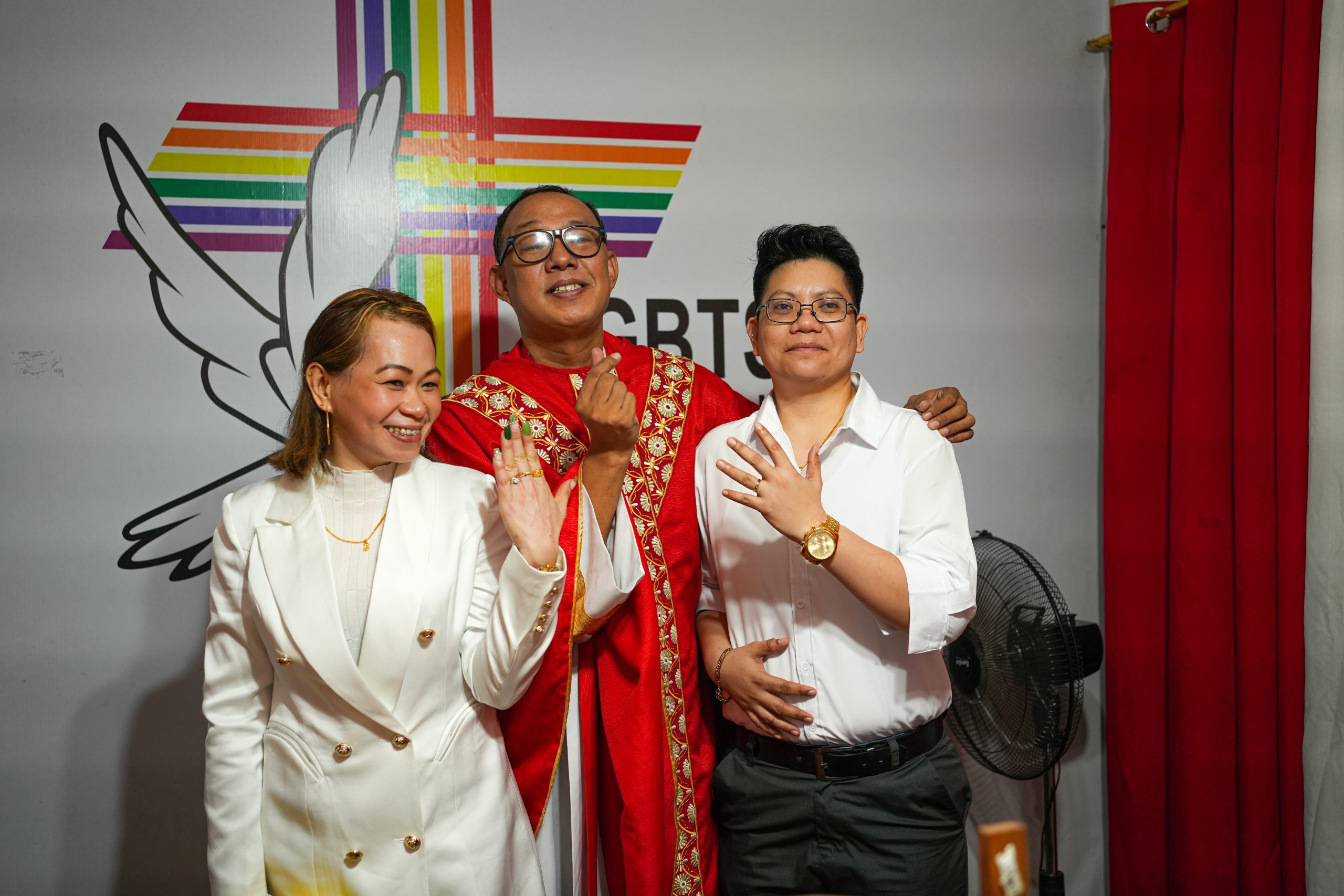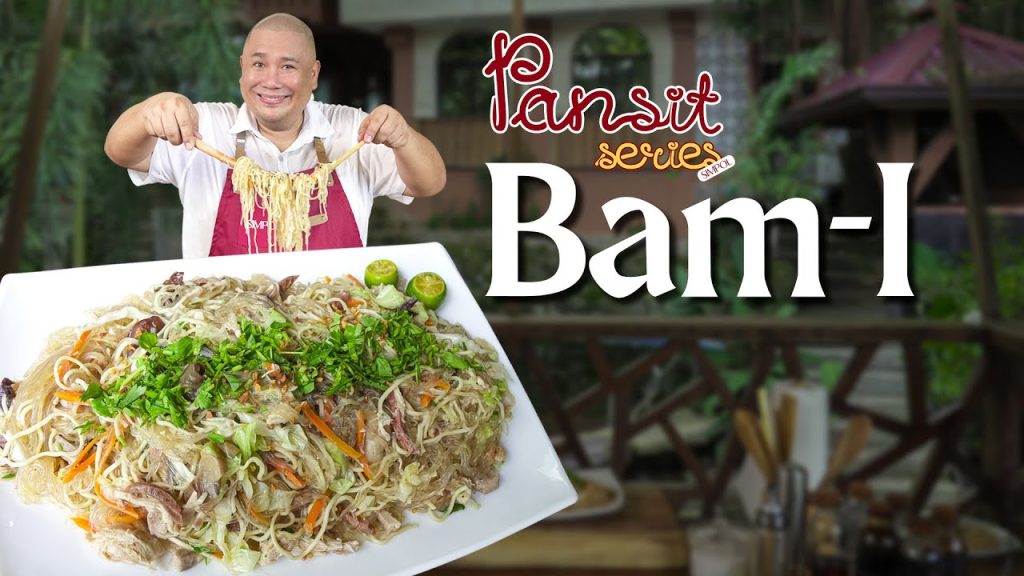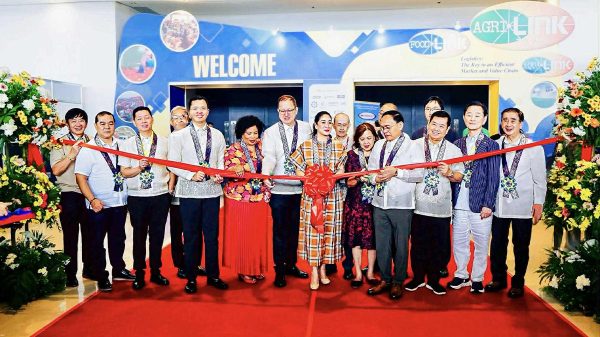In a country where same sex marriage is not yet legally recognized, queer couples like Bjay and Jacky are creating their own sacred spaces—outside courtrooms, beyond church doors, and often without legal recognition. That is the reality of same sex marriage in the Philippines.
Jacky stood beneath a simple canopy, her hand clasped in Bjay’s. “Hindi man ito legal, pero buo tayo,” she whispered. There were no court papers, no government seal. But there was music. Family. A priest who believed in their love.
In the Philippines, love has long been framed by tradition and legality. Marriage is expected to come with papers, a church aisle, and a stamp from City Hall. But for many LGBTQIA+ couples, this framework isn’t available to them—not yet.
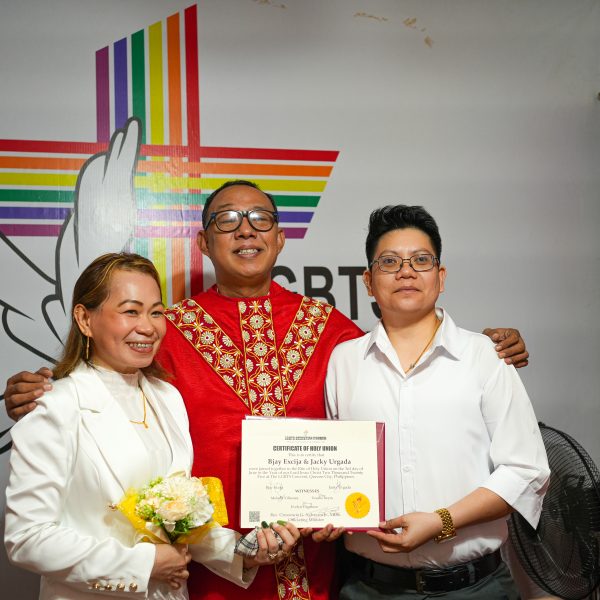
Still, their love stories unfold. Their commitments are real. And same sex marriage Philippines continue to happen, despite being outside the law.
Love Without Papers, but Not Without Meaning
Bjay Excija, a security guard from Cainta, is quiet, grounded, and devoted. Jacky Urgada, an OFW from Cebu, is spirited and warm. They met through a friend when Jacky was briefly in Manila. She had just come home from Kuwait and wanted to enjoy one night out. Bjay was the only friend available.
“Wala talaga akong balak maghanap ng karelasyon,” Jacky laughs. “Pero siya lang ‘yung available. So sumama ako.”
What began as a spontaneous night out turned into something far more meaningful. Bjay offered her a place to stay. Jacky offered laughter and care. What followed was a three-year relationship built on trust, video calls, and weekend meetups—until they finally said yes to a life together.
Their wedding, held on June 3 this year, had to be rescheduled three times due to immigration delays. But when it finally happened, it fell right in the middle of Pride Month—a coincidence they now see as fate.
“Ayoko na ng laro-laro,” Bjay said. “Gusto ko ng plano. Gusto ko ng future kasama siya.”
Their dream is simple: to raise Jacky’s children together, to build a life where Jacky no longer needs to go abroad for work. A house, a family, and a life grounded in presence.
From TikTok to the Altar: The Priest Who Said Yes
The ceremony was officiated by Rev. Cresencio “CJ” Agbayani, MDiv, head of the LGBTS Christian Church His ministry offers five rites: Holy Union, Ordination, Laying of Hands, Memorial Services, and Blessings. He has long provided a space for LGBTQIA+ couples seeking spiritual recognition.
“Hindi ito legal sa batas,” Rev. CJ said during the vows. “Pero totoo ito sa Diyos. Dahil ang tunay na kasal ay nasa puso.”
For Rev. CJ, blessing queer couples is not rebellion—it’s compassion. “Walang masama sa dalawang taong nagmamahalan at humihingi ng basbas sa Diyos,” he told Simpol. “Kung may dalawang pusong tapat, sino ba tayo para humadlang?”
When asked what it means to lead a church that defies religious norms, he simply responds:“I haven’t defied anything. I just returned to the oldest tradition: love one another.”
He adds, “Radical love must come from within. We need to transform our hearts, our minds, and our spirits to truly love both God and our neighbor. Sabi nga ni Dalai Lama, love is the absence of judgment.”
Even amid criticism, Rev. CJ remains steadfast in his mission. “Wala namang masama sa ginagawa ko. Some criticisms help; others are just noise. Deadma ako sa mga gustong manira.”
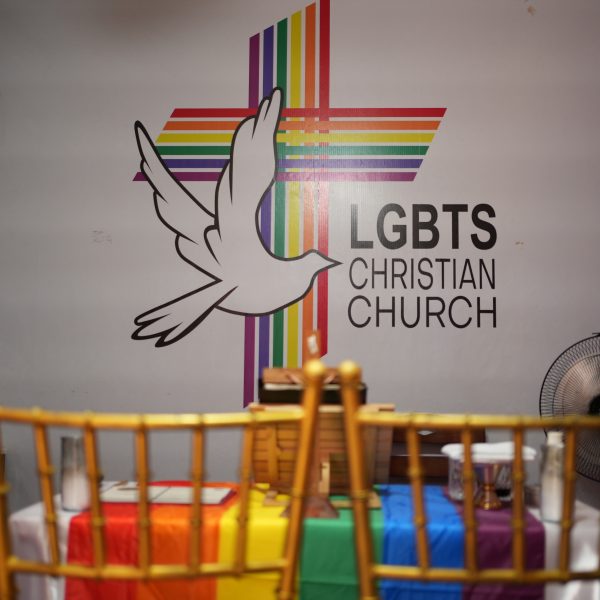
Same-Sex Marriage in the Philippines: Legal and Political Context
Same-sex marriage is not recognized under Philippine law. In 2019, the Supreme Court dismissed a petition to allow same-sex marriage, citing lack of legal standing. The justices unanimously ruled that only Congress—not the judiciary—has the authority to change the definition of marriage as outlined in Article 1 of the Family Code, which defines it strictly as a union between a man and a woman.
Several civil union bills, including House Bill No. 1016 filed by Rep. Geraldine Roman, have been introduced in Congress. These bills seek to grant same-sex couples legal rights in areas like inheritance, property, healthcare, and parental authority. However, as of 2025, no such bill has yet passed into law.
The Commission on Human Rights (CHR) has consistently voiced support for these measures, affirming that LGBTQIA+ Filipinos deserve equal protection under the law.
At the local level, Quezon City made headlines in June 2023 by launching the Right to Care Card—a landmark ordinance that allows same-sex partners to make medical decisions on each other’s behalf. Other LGUs, like San Juan City, have also explored similar frameworks. While these programs are limited in scope, they mark significant progress in recognizing same-sex partnerships in practice, if not yet in law.
This means LGBTQIA+ couples like Bjay and Jacky cannot access shared legal rights—such as medical decision-making, inheritance, or co-parenting. Their unions, no matter how committed, remain invisible in the eyes of the state.
In response, some communities have developed alternatives. One example is the Care Card, a symbolic or notarized agreement between queer partners that allows them to affirm responsibilities to one another—such as emergency access or shared expenses.
“Yung Care Card, parang pirma sa puso,” one advocate said. “It’s our way of saying: I choose you, even if the law doesn’t.”
Quezon City has even launched a local Right to Care Card, a government-backed initiative that allows LGBTQIA+ partners to make health-related decisions for each other.
A Movement Built on Visibility and Care
The fight for LGBTQIA+ rights in the Philippines dates back to the 1990s, with pioneering groups like UP Babaylan, ProGay, and the Metropolitan Community Church advocating for inclusion, dignity, and legal protection.
But public visibility still comes with a price.
In June 2025, fashion designer Rene Salud sparked backlash after publicly suggesting that queer relationships should be “kept discreet.” His remarks—though later clarified—echo a long history of silencing LGBTQIA+ identities in the name of “respectability.”
“We’ve always had to tone ourselves down to be accepted,” said one activist. “But love doesn’t have to be hidden to be valid.”
The controversy reminded many that while Pride Month is a celebration, it is also a protest—a demand to be seen not just as individuals, but as families, partners, and people deserving of full recognition.
Can Faith and Tradition Evolve Together?
Not everyone agrees with same-sex unions. Many conservative Filipinos continue to cite religious beliefs when opposing marriage equality. But LGBTQIA+ advocates, clergy, and couples alike aren’t seeking to dismantle tradition—they’re asking for room within it.
To traditional readers, Rev. CJ offers this:
“Hindi ko intensyon sirain ang paniniwala mo. Ang hinihiling ko lang: tingnan mo kami bilang tao. Na ituring na tunay ang pagmamahalan namin.”
In a culture shaped by damayan and kapwa, that request doesn’t feel so radical. It feels like a return to our shared values of compassion, presence, and respect.
Same sex marriage Philippines may not come with legal documents, but they are no less sacred. In rented function rooms and backyards, on beaches and rooftops, queer Filipinos continue to write vows, exchange rings, and build lives—seen or unseen. As public discourse shifts and advocacy grows louder, each union becomes more than just personal—it becomes part of a collective act of visibility.
By telling these stories, we move one step closer to understanding—and one day, recognition. Because love, in all its forms, is real. And real love deserves to be seen.
Read more: Explore how Quezon City is recognizing queer partnerships in.Right to Care: Quezon City Empowers Chosen Families in Hospitals with a Practical, Humane Policy That Could Save Lives.


